Peatlands worldwide are running short of water, and the amount of greenhouse gases this could set loose would be devastating for our efforts to curb climate change.

Peatlands cover just 3% of the Earth’s total land surface, but store more than 1/3 of the planet’s soil carbon. That’s more than the carbon stored in all other vegetation combined! Peatlands’ water-logged soil is filled with very slowly decaying plant material, and this low-oxygen environment essentially locks carbon dioxide in the soil.
But humans have been draining peatlands for a range of activities – pumping out water for residential and commercial use, planting, and harvesting peat to burn for energy. As this happens, peat releases CO2 into the atmosphere.
If large-scale peatland restoration isn’t implemented in the future, drying peatlands would add the equivalent of 860 million tonnes of carbon dioxide to the atmosphere every year by 2100, seriously hampering our ability to remain within 1.5 degrees average warming.





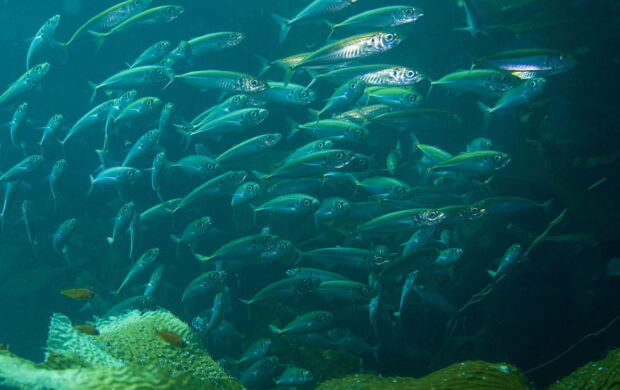


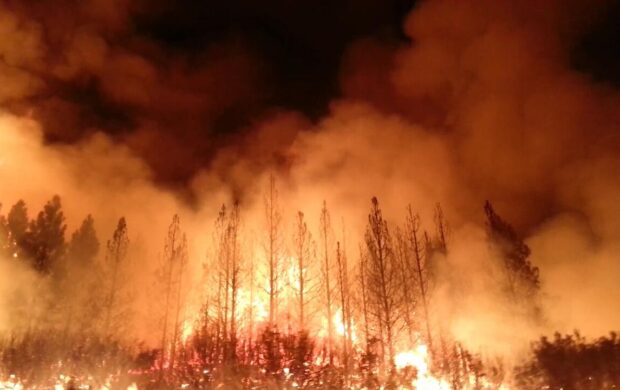
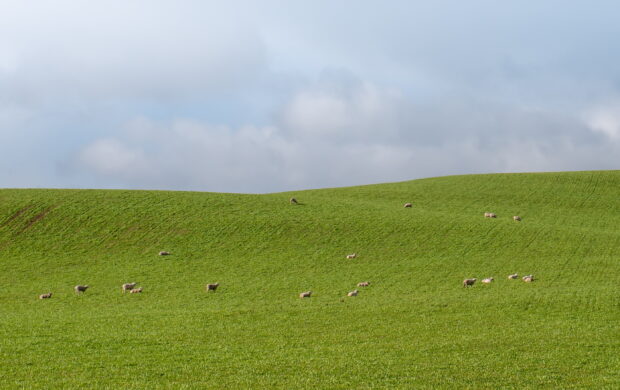
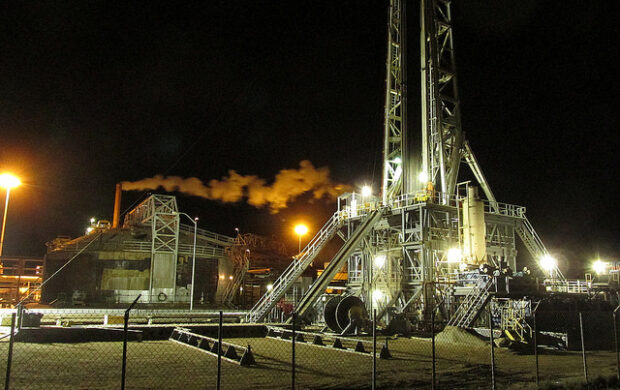

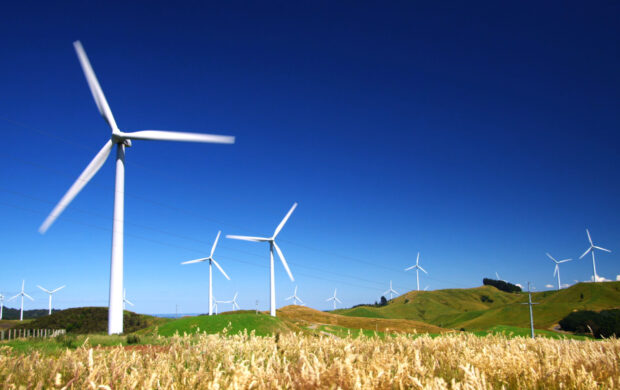
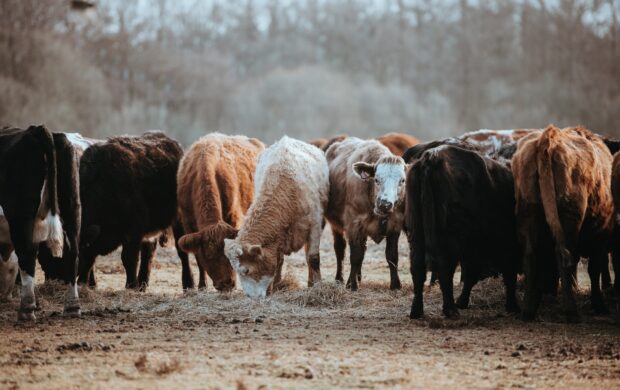



Join discussion